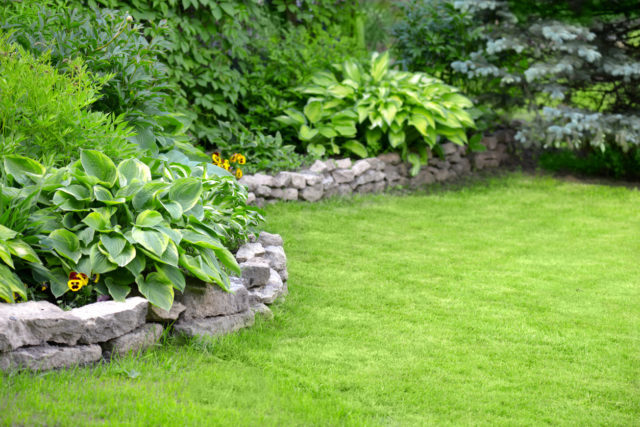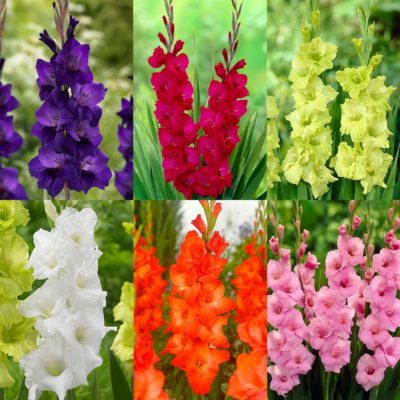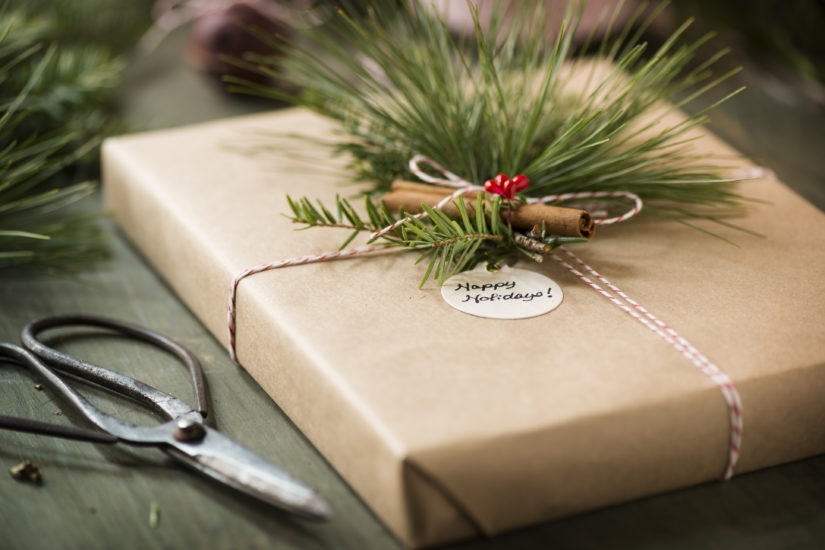
A beautiful garden isn’t just a joy for homeowners – with the right strategies it can be a thriving ecosystem and wildlife haven!
As we near Summer, we’ll likely be spending more time outside and we need a lovely space to relax in. It’s important to remember that we share our outdoor space with lots of little creatures, it’s their home too!
1. Companion planting
You can choose to keep plants that have mutual benefits for each other. A classic example is garlic and roses; the pungent smell of garlic is known to repel pests that attack roses. Carrots and spring onions are other good combinations; each plant has a smell that repels the other’s pest flies.
2. Inter-planting
You can maximise your garden space by inter-planting different crops that work together with their growth cycles. Small, faster-growing plants can go in the spaces between larger, slower growing ones. Classic combinations include radishes and carrots (radishes mature first and will thin the earth, making it better for the root vegetable) and onion and cabbage. The onions will grow and mature, and then the cabbage will provide shade.
3. Composting
Compost is one of the best additions you can give an eco-garden, bringing nutrients and micro-organisms to the soil, and it costs you nothing when you use your kitchen scraps. Just don’t use meat or fish leftovers, as they can attract pests and vermin.
4. Keep bees
Bees are crucial pollinators and many plants would not survive without them. Make your garden a bee haven by avoiding pesticides, having water available in the garden and keeping plants such as lavender, honeysuckle and foxgloves.
If you see a bee struggling on the ground, try mixing sugar water in a spoon and letting the bee drink from the edge – it may be tired.
5. Feed the birds
Birds can experience food shortages at any time of year. You can buy commercial bird feed, but you could also put out mild grated cheese, fat from unsalted meat cuts, cooked potatoes and sunflower seeds. Peanuts are a choking risk; do not give them unless they are in a suitable mesh feeder.
6. Have water
A pond will help to attract frogs and newts, as well as water plants. A sloping side will help animals to get in and out.
7. Use your butt
Save water by using a butt to collect rain for your plants and lawn. Cats often prefer to drink rainwater than tap water.
This is according to garden experts at GardenBuildingsDirect.co.uk, who put together this list of the best ways to get a true eco-garden with environmental benefits.
A spokesperson for GardenBuildingsDirect.co.uk said: “Some people say that a garden is never truly your own – there are lots of other beings living there as well”.
“There are so many environmental benefits to an eco-garden, and you’ll get the added pleasure of knowing you’re playing a part in helping many plants and animals who need the eco-system. Even if your garden is small and you can’t do everything on the list, things like composting and feeding birds will still make a difference.”





